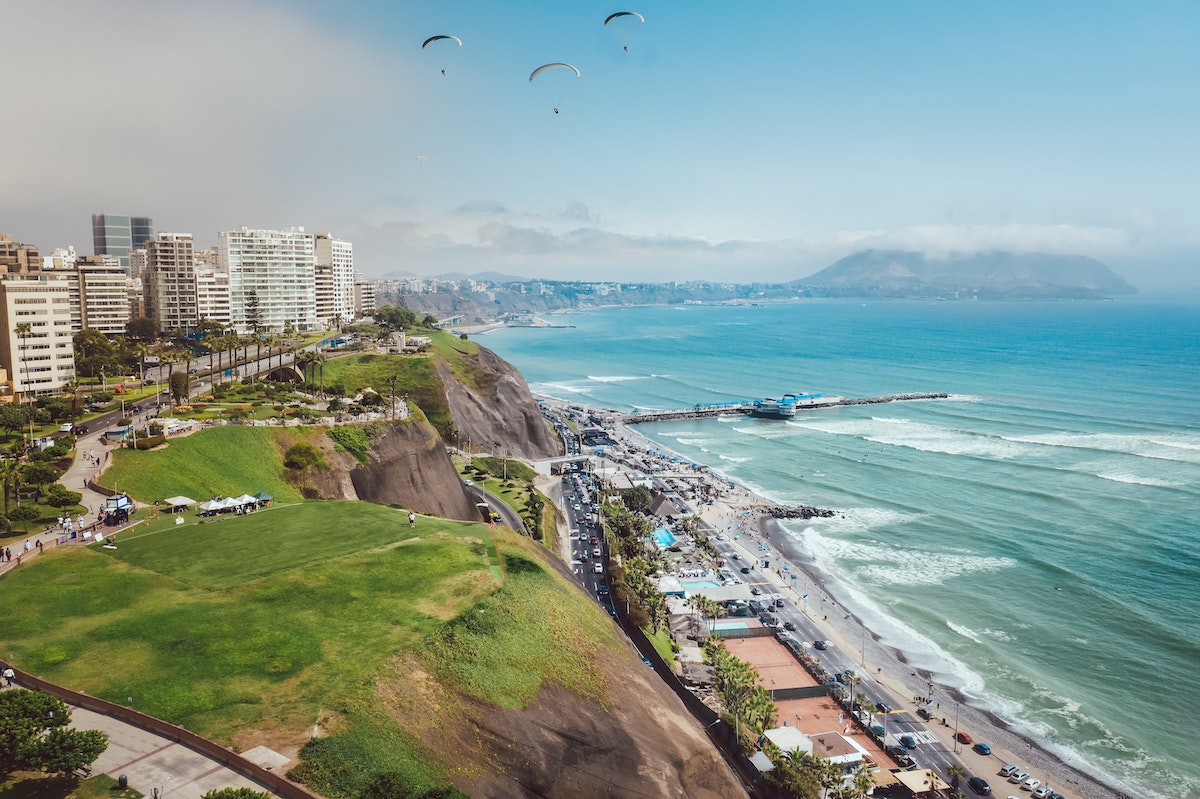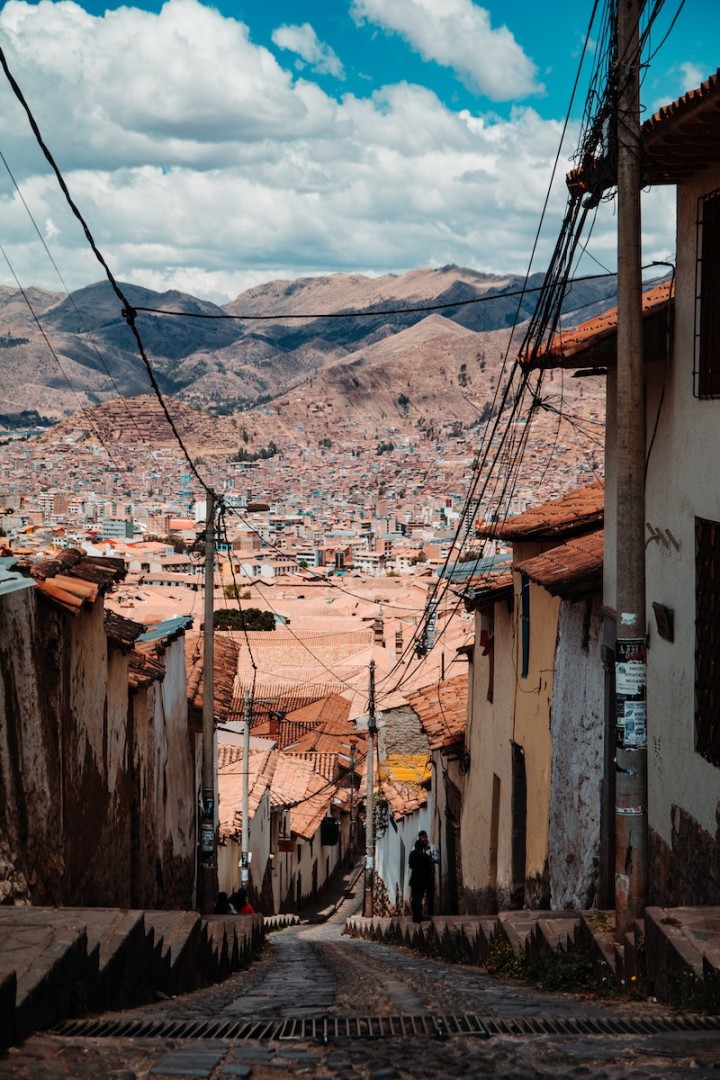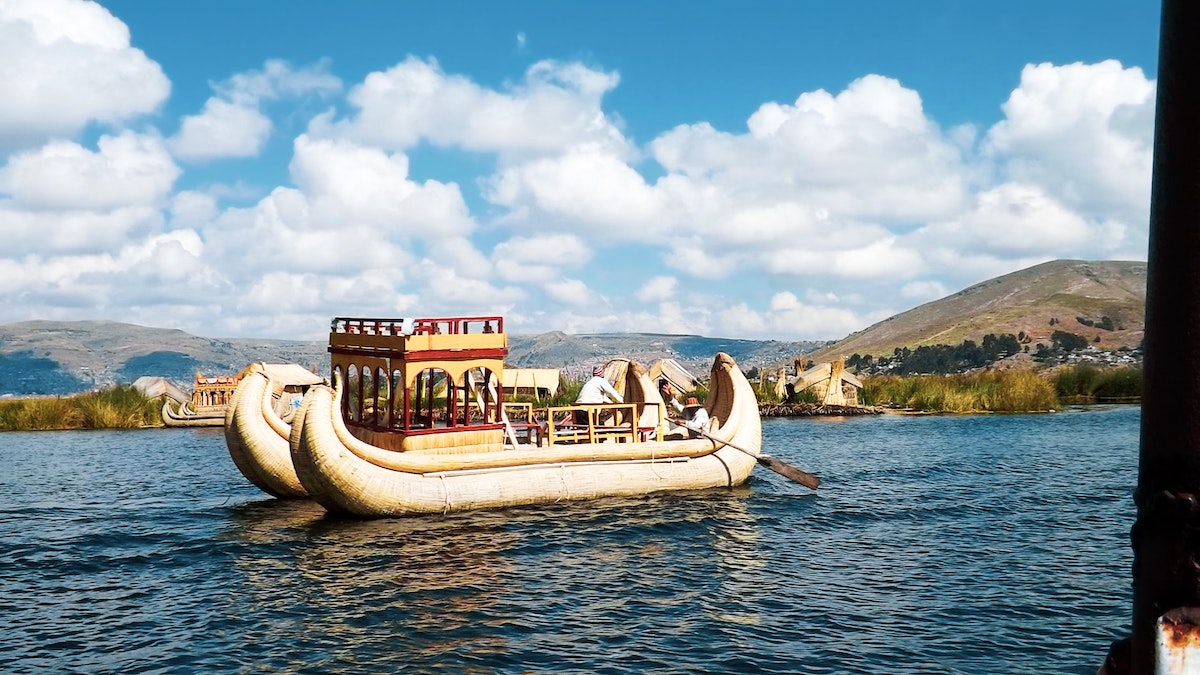By: Naomi Kumar
If you’re looking to enjoy a vacation in Peru and you’re on a time crunch, the Lima-Cusco-Puno option offers the chance to see some of the country’s most interesting sites in a relatively short amount of time. Lima is the only international airport in Peru, so if you’re flying into the country, this is where you’ll arrive.
Visting Lima

Photo by Creators Brand on Unsplash
Lima is an impressive capital city with a sprawling 43 districts that boast remnants of past cultures in their embellishments, buildings, and people. Miraflores and Barranco are the two most popular tourist areas to stay in, with plenty of hostels and hotels for all budgets.
Lima is on an international scale for its cuisine—an eclectic mix of Peruvian, Japanese, Chinese, and Creole foods, and the city is especially known for its unbeatable seafood. A perfect way to experience this is by taking a gastronomical tour. These vary from half-day to all-day tours.
The half-day tour is a good option to leave some time to rest and explore the city in the evening. The tours generally take you through one of Lima’s spectacularly clean district markets where you can taste traditional Peruvian fruits like lucuma, gooseberry (aguaymanto), cherimoya, and grenadilla.
There are also fisherman in the market with their fresh catch from the morning. You can taste fresh clams with lime and see an assortment of fish and octopus. The tour will then take you to a restaurant to make your own pisco sours and ceviche, both of which are excellent recipes to take home and try. At night, consider taking a night tour of the city to see more of the beautiful architecture and numerous parks.
Visiting Cusco

Photo by Adrian Dascal on Unsplash
Depending on the time of year and how last minute you book, flights from Lima to Cusco range from $90 to over $200. There is also a bus option, but it’s a 20-hour trip that takes you through the mountains and can be rough for more sensitive travelers (not to mention it’ll eat up a lot of your vacation days!).
Cusco is a small city, but is the major hub for seeing the legendary Machu Picchu as well as home to some spectacular sites itself. It’s easy to find free walking city tours or day tours to the Sacred Valley. You can also buy a “Boleto Turistico,” or a tourist ticket which is S/.130, a substantially reduced rate to see 16 of Cusco’s archaeological sites and museums.
Within the city, you’ll want to check out Q’orikancha, the ancient sun temple that used to be the most sacred place in the Incan empire, the Cathedral in the Plaza de Armas (main square), Cristo Blanco (the white Jesus statue perched over the city) and the San Blas neighborhood. Right above the city of Cusco past Cristo Blanco, visit the Sacsayhuaman national park, which is home to four ancient ruins: Sacsayhuaman, Tambomachay, Puca Pucara, and Q’enqo.
In the Sacred Valley, you’ll want to see the ruins and market at Pisac, the salt flats in Maras, the architectural experiment of the Incas at Moray, and the bohemian town of Ollantaytambo. Locally known as Ollanta, this is the departure point for Machu Picchu.
Take the vistadome train to Machu Picchu to see the spectacular changes in environment going from a valley climate with snow-topped mountains to the balmy area of Aguas Calientes, the town at the base of Machu Picchu, which is where the jungle begins. Travelers with a short amount of time generally take the train to Machu Picchu, stay one night in Aguas Calientes, and return the next day.
Visiting Puno

Photo by WILLIAN REIS on Unsplash
From Cusco, there are buses leaving nightly to Puno, the harbor town of the highest navigable lake in the world, Lake Titicaca. The drive is about six hours. If you have the time, there are also day bus tours that stop at other interesting sites and ruins on the way to Puno. However, this takes the entire day so if you want to save time, the overnight bus is the better choice. You should take Cruz del Sur or Tacna if you are considering this option. The bus station in Cusco is located in the Wanchaq district. (Note that Cruz del Sur has its own bus station and is not in the main terminal.)
Puno is a small city, but many travelers go just to see the lake, of which 60% belongs to Peru (the other 40% is the Bolivian side of the lake). There are day tours that take you by boat to the manmade floating Uros Islands, made of the reed that grows in the lake. There, you can meet the Aymara speaking people that live on the islands and learn about their ancient lifestyles.
The tours usually also take you to Isla Taquile, which is a natural island with a strong culture intact. The inhabitants speak Quechua and most people still dress traditionally. Social statuses are exhibited in different types of clothing and during the tour you can try delicious fresh-caught fish from the lake, which interestingly enough, the locals do not eat very often. They sure do know how to prepare it for the visitors, though!
There is also the option to stay overnight on these islands, but some travelers seem to find this option a bit too touristy, especially during high season in Peru (May—August).
Peru is a large country with terrains ranging from cold highlands to the hot, tropical jungle. There is plenty to see here, but for visitors looking for a short, yet interesting vacation to Peru, visiting Lima, Cusco and Puno is a great place to start in getting to explore this vast country.
About the Author
Originally from the Washington DC-metro area, Naomi Kumar currently lives in Cuzco, Peru. She went there to get certified to teach English and to improve her Spanish, not to mention explore a beautiful country and continent while she’s at it. Travel writing has always been a dream of hers and she wrote this piece for South American Vacations, providers of personalized tours to Peru and all over South America.
Featured image via Unsplash.
Frayed Passport is a participant in the Amazon Associates Program, an affiliate advertising program designed to provide a means for sites to earn advertising fees by advertising and linking to Amazon.com. We also may share links to other affiliates and sponsors in articles across our website. If you have questions or concerns, please contact us.

